Coconut Oil Production Line
Coconut Oil Production Line Introduction
Coconut Oil Production Line adopts twice pressing technology to produce coconut oil from the dried copra. The Coconut Oil Production Line mainly includes copra pretreatment and oil pressing process, oil refining process. Copra cake produced after pressing can be used as animal feed. We provide 30-1000 TPD coconut oil processing machine and 1-600 TPD coconut oil refinery machines. The moisture content of copra for oil pressing should be controlled within 7%-10%. We also provide crude copra oil solvent extraction plant which can make residual oil in cake lower than 0.8%.

Advantages of Coconut Oil Processing Machine
1. The Coconut Oil Production Line has low energy consumption and long service life.
2. The copra oil machine can minimize oil loss, increase the oil yield, improve product quality and improve the quality of oil and cake.
3. Continuous mechanization reduces human labor and labor costs.
4. Advanced dust removal system ensures the neat and clean of the workshop.
5. Adopts automatic welding technology, coconut oil refinery machines look beautiful and clean.
Coconut Oil Plant Processing Steps

1. Coconut pretreatment & pressing
1. Copra Cleaning
Coconut Oil Production Line adopts magnetic separator to absorb the metal impurities in the copra so that to avoid damaging the crusher.
2. Copra Crushing
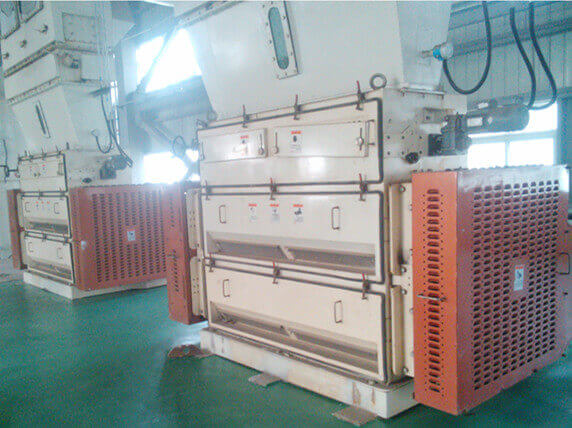
Adopting toothed roll crusher, the copra is crushed into small pieces, which is convenient for cooking and oil pressing. The pieces crushed by the toothed roll crusher have a uniform size.
3. Cooking
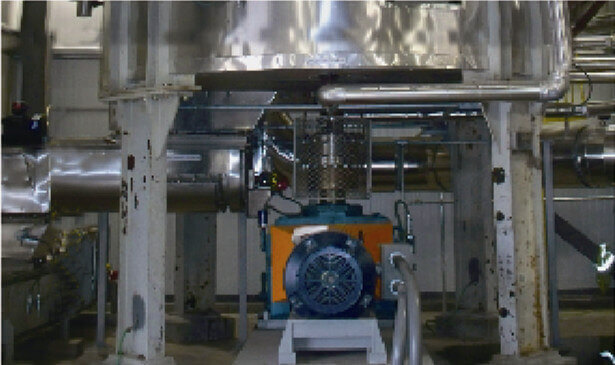
The crushed copra is sent to the top layer of the vertical cooker, which cook the copra pieces to meet the requirement for pre-pressing. The cooker adopts agitating blades to ensure the uniform cooking.
4. Pre-pressing
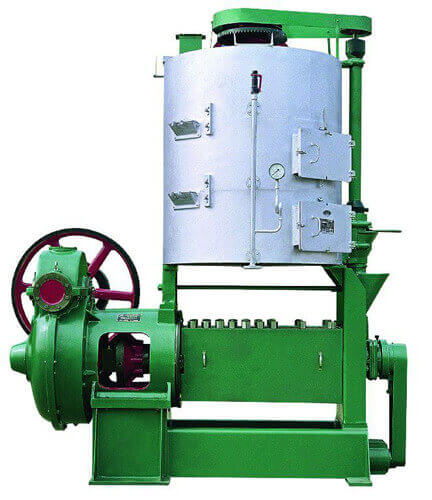
As copra has a high oil content of 52-72%, twice pressing technology is adopted to press the copra oil as much as possible. The cooked copra is lifted into the pre-press machine by elevator. This coconut oil processing machine can get 70% oil out and the residual oil rate in the cake is about 15-20%. The copra oil machine is continuous having a large capacity and small land occupation.
5. Twice Pressing
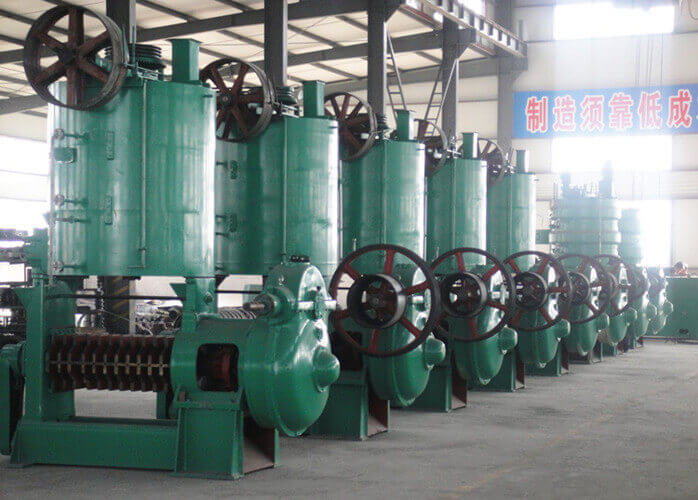
The pre-pressed cake is sent to the oil pressing machine and pressed again to reduce the residual oil in the cake to the minimum. The copra oil press adopted has high production efficiency and is easy to operate and maintain. The residual oil rate in the cake after twice pressing is around 5-8%.
6. Crude Copra Oil Filtration
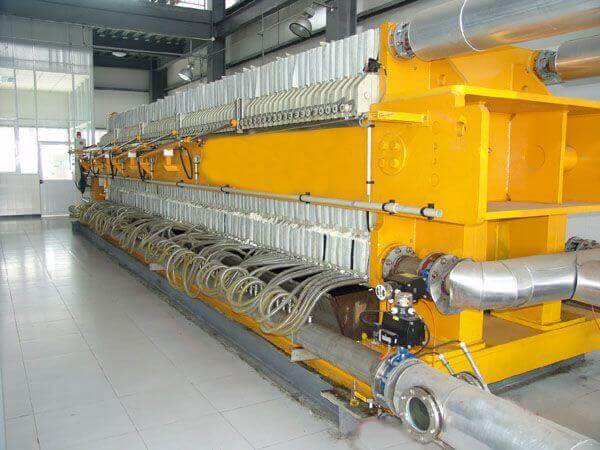
The pre-pressed and twice-pressed copra oil is filtered to lower the impurity content, making a better preparation for the copra oil refinery;
7. Copra Cake Packing
The oil cake after twice pressing will be crushed & measured, and then bagged and sealed.
2. Copra oil refining
According to different production requirements, there are three kinds of coconut oil refining processes:
1. Batch refining (1-20 TPD).
2. Semi-continuous refining(20-50 TPD).
3. Fully continuous refining(50-600 TPD).
We can design the copra oil refining plant according to your requests.
Crude Copra Oil Refining Process Flow

We can design the copra oil refining plant according to your requests. Continuous copra oil refining equipment includes the following sections:
1. Crude Oil Degumming & De-acidification Section
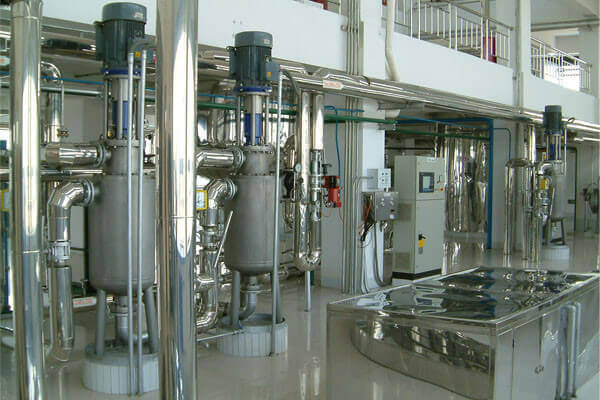
Phosphoric acid is added to the filtered copra oil to make the nonhydratable phospholipids change into hydrophilic phospholipid. Alkali liquid is then added which reacts with the free fatty acids to produce soapstock to remove it. Water is added to wash off the residual soapstock and alkali liquid, and then the oil is heated by steam and subjected to vacuum drying.
2. Crude Oil Bleaching Section
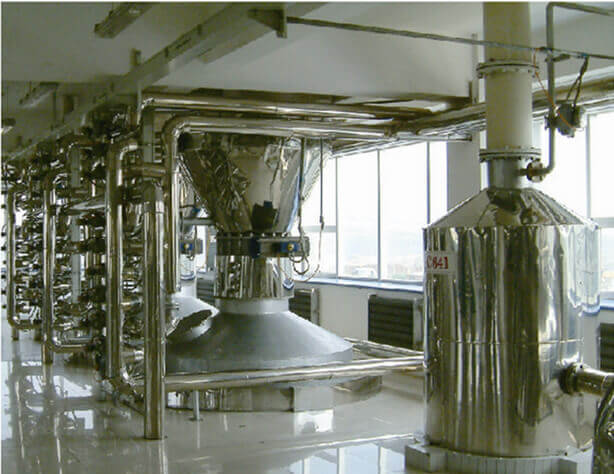
The degummed oil enters the mixing tank and the clay is added for fully mixing. The mixture of oil and clay is pumped into the bleaching tower. By heating under vacuum in the bleaching tower, the pigment in the oil is absorbed on the bleaching earth. The mixture is then pumped to the leaf filter and the waste clay is removed.
3. Crude Oil Deodorization Section
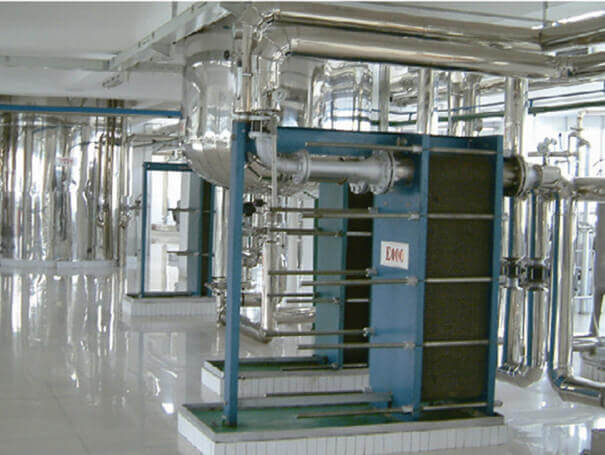
By steam distillation under high vacuum, the bleached oil is deodorized in the deodorization tower. The free fatty acids and unpleasant odor are removed. The removed fatty acid will be collected by the catcher and later to be used as the by-product.
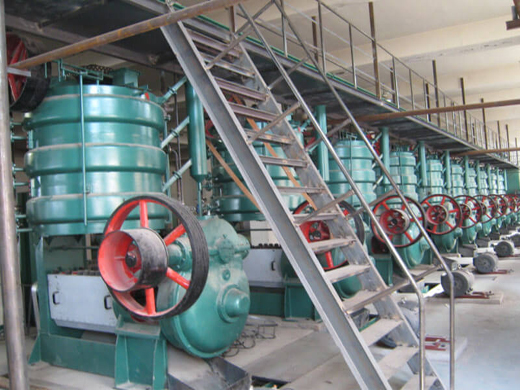

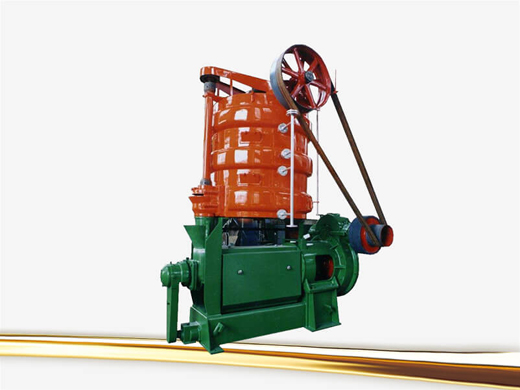


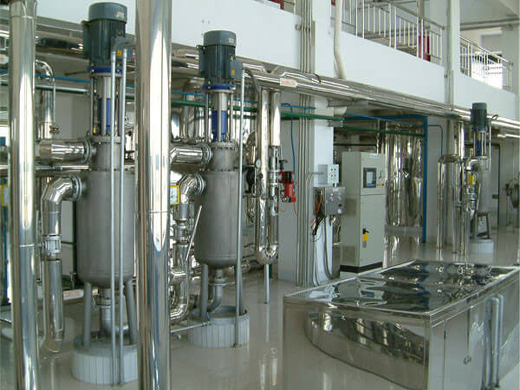
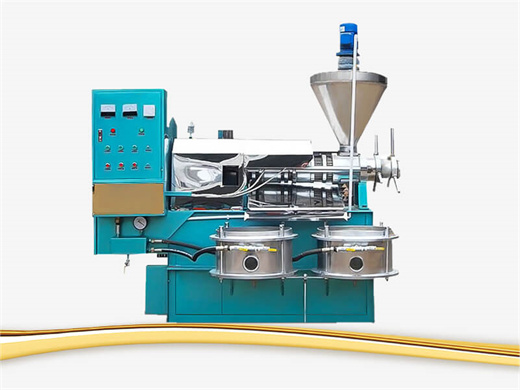
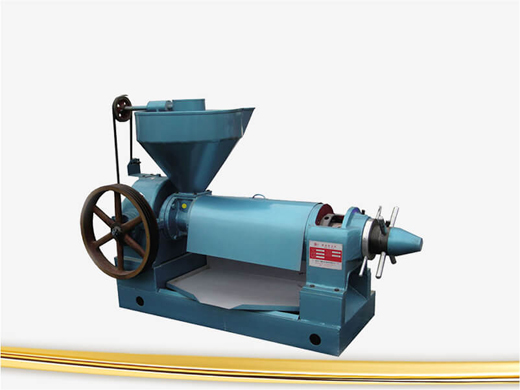
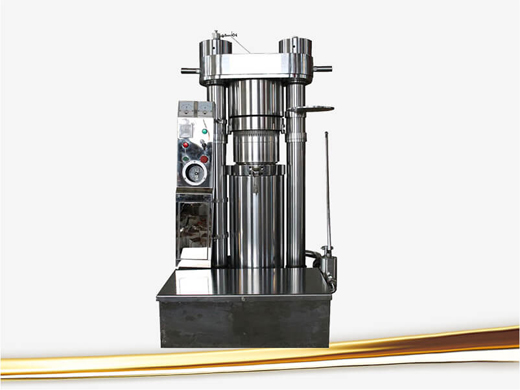
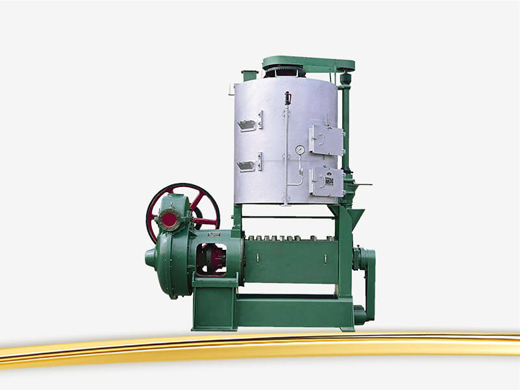
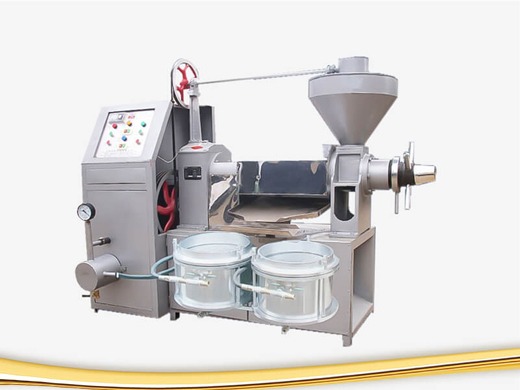
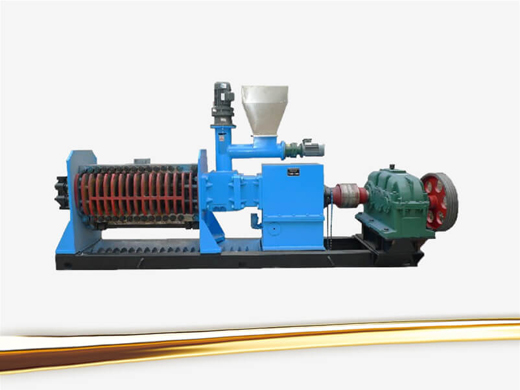
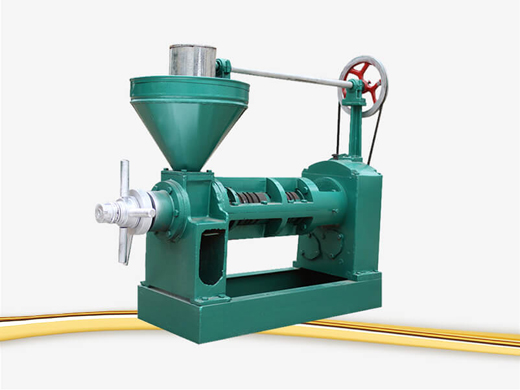
REQUEST A QUOTE
You can fill out the following form for your information needs, our technical and commercial staff will contact you. To ensure timely processing of your information, please be sure to accurately complete your contact telephone number.